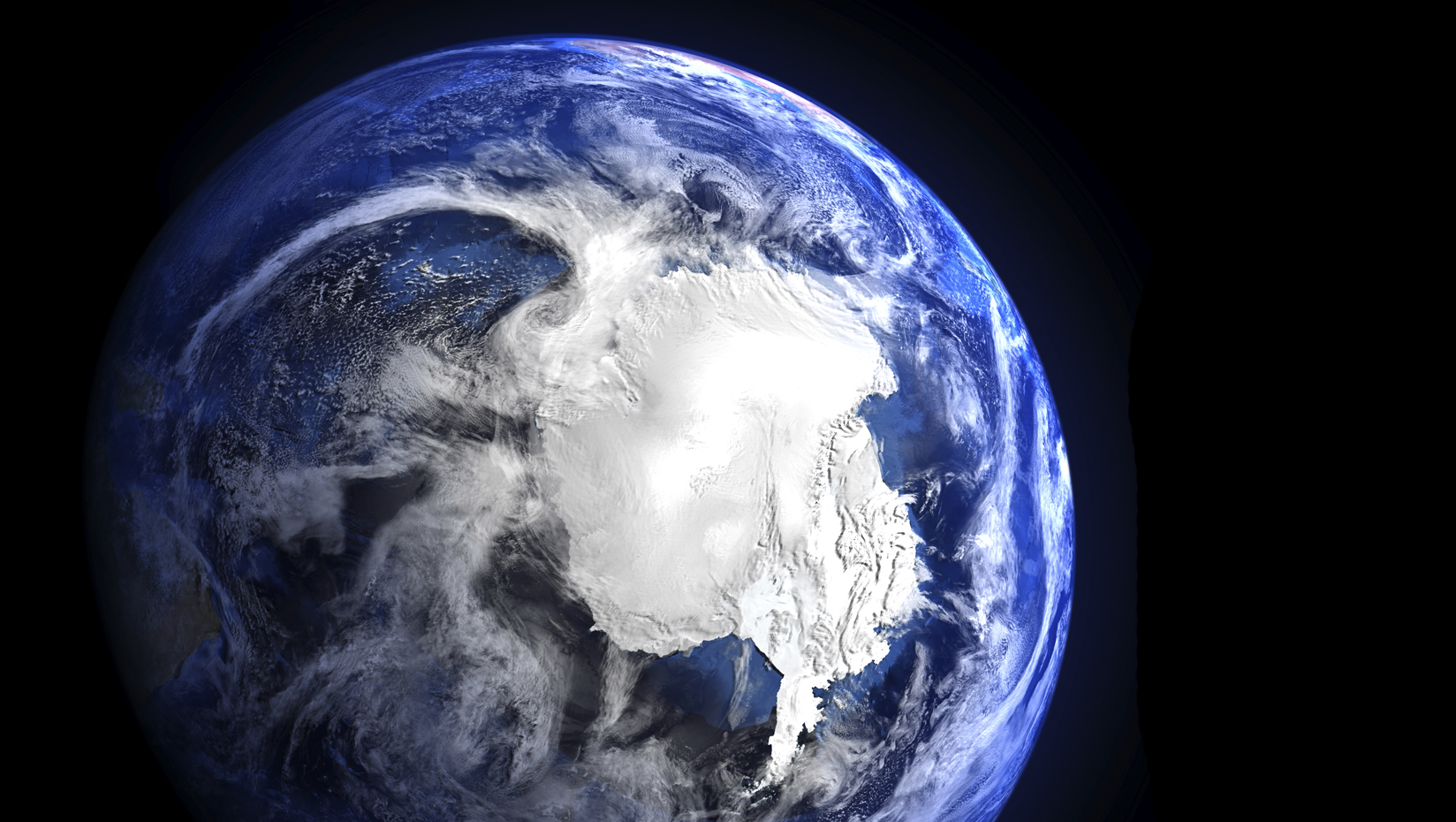
‘What happens in Antarctica does not stay in Antarctica’
University of Maine geologist Gordon Bromley will study how Earth’s largest ice sheet has responded during past times of global warming to learn about how it may respond in the future to human-caused climate change.
The answers have implications: If the East Antarctic Ice Sheet melts, sea level around the planet could rise about 180 feet (55 meters), displacing millions of people and dramatically changing coastlines.
The National Science Foundation has awarded the Climate Change Institute research assistant professor $291,563 to examine the situation.
“When it comes to sea level, what happens in Antarctica does not stay in Antarctica, and that gives this study a real sense of urgency,” says Bromley.
“Much of the groundwork for our investigation was lain decades ago, by researchers at this university, but what we have now is a new geochronology tool called cosmogenic surface-exposure dating that enables us to scrutinize the long-term behavior of this ice sheet with unprecedented detail. It is very exciting for me, therefore, to be using this geologic approach to tackle one of the key questions in climate science today.”
The future of the East Antarctic Ice Sheet is uncertain and disputed, he says.
Some scientists state it’s inherently unstable, says Bromley, and others suggest it has persisted through previous warm periods, including the Pliocene from about 5 to 2.5 million years ago. Some evidence even suggests the ice sheet has grown due to enhanced snowfall when the climate has warmed, he says.
This winter, Bromley will lead a team in the central Transantarctic Mountains — part of a range that extends the entire length of Antarctica — to explore the ice sheet’s past behavior.
The team will search for relict glacial deposits, including boulders and moraine ridges, to determine the presence or absence of the East Antarctic Ice Sheet during the Pliocene as an analogue for the planet’s greenhouse future.
“Collaborative Research: Potential Direct Geologic Constraint of Ice Sheet Thickness in the Central Transantarctic Mountains during the Pliocene Warm Period” is the title of project being conducted in collaboration with Gregory A. Balco at the Berkeley Geochronology Center in California.
Contact: Beth Staples, 207.581.3777
